I am plotting a SpatialPoint dataframe in R using spplot, and I would like to use a colorbar rather than a legend, to portray color values. (It's more efficient, and I want the map to "match" previous, raster data maps.) I'm sure this is possible, but can find no examples of it online. Could anyone give me a hint?
My current code is:
my.palette <- brewer.pal(n = 9, name = "Spectral")
my.palette<- rev(my.palette)
pols1 <- list("sp.lines", as(ugborder, 'SpatialLines'), col = gray(0.4), lwd = 1)
pols2 <- list("sp.polygons", as(water_ug, 'SpatialPolygons'), fill = 'skyblue1',col="transparent", first = FALSE)
spplot(ughouseszn,zcol="lzn_sg_clng",cex = .75,
key.space="right", digits=1,
par.settings = list(axis.line = list(col = 'transparent')),
xlim = bbox(ugborder)[1, ],ylim = bbox(ugborder)[2, ],
col.regions = my.palette, cuts=8,
sp.layout=list(pols1, pols2))
Where ugborder and water_ug give Uganda's borders and water, ughouseszn is a SpatialPointsDataframe, and the resulting map is here:

(As a side note, I'm hoping that adding a colorbar will lead to a more efficient use of space -- right now there's a lot of extra space at the top and bottom of Uganda's border, which is useless, and also does NOT appear when I map raster data using spplot, with the same pols1 and pols2.)